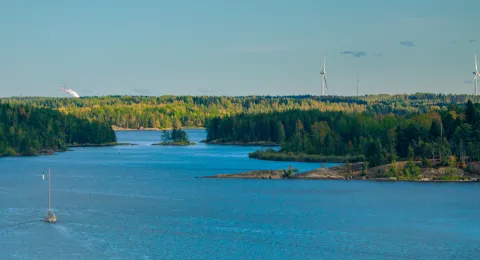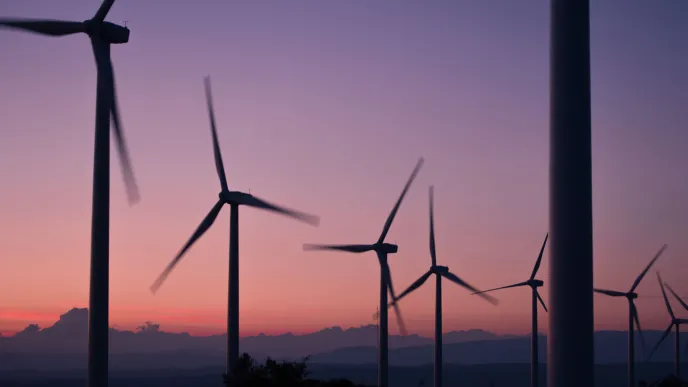LUT University examined the potential for generating renewable energy in Eastern and South-East Finland and possibilities to utilise the area’s bio-based carbon dioxide emissions for power-to-x (P2X) production.
”The area has significant renewable energy potential and a great deal of bio-based carbon dioxide. Both are key elements in the development of P2X products, such as green methanol,” says Tero Tynjälä, professor of energy technology at LUT University.
Radars used for border surveillance restrict wind turbine zoning in the area. Development is also impeded by the existing transmission network that does not enable the full-scale utilisation of local solar and wind power.
”The costs of solving the radar issue are only a fraction of the possibilities it would open up. If we unlock this door, new industrial opportunities will come flooding in, and the energy self-sufficiency and electricity grid balance in Finland will improve significantly,” envisions Petteri Laaksonen, research director at LUT University.
Role of government decisive in the area’s future
The study began in February and is part of LUT University’s series of hydrogen economy reports. The project was launched just before the Ukraine war.
The municipalities that commissioned the study consider the development of energy self-sufficiency and a hydrogen economy especially pertinent in the current energy market situation. The municipalities are also seeking to boost their vitality and make up for financial losses suffered as a result of their location close to the Russian border.
”Eastern Finland has world-class expertise, companies that are seizing opportunities related to the energy transition, and production plants that generate carbon dioxide. In other words, the starting point for a growing hydrogen economy and investments is excellent,” points out Markku Heinonen, development manager of the City of Lappeenranta.
The municipalities highlight that the Finnish government should do its part to develop the infrastructure necessary for the green transition and find technological solutions for the radar systems.
”We are currently looking into how we should organise a shared hydrogen valley and what goals such a joint organisation should have,” Heinonen outlines.
The South-East Finland Hydrogen Valley Report was commissioned by municipalities in the region (Imatra, Joensuu, Kitee, Kotka, Kouvola, and Lappeenranta) and by regional development companies. The report covers the regions of South and North Karelia and Kymenlaakso and eastern parts of Uusimaa (Loviisa and Porvoo). The area examined ends at the Porvoo refinery, which is Finland’s largest individual source of fossil emissions.
More information:






